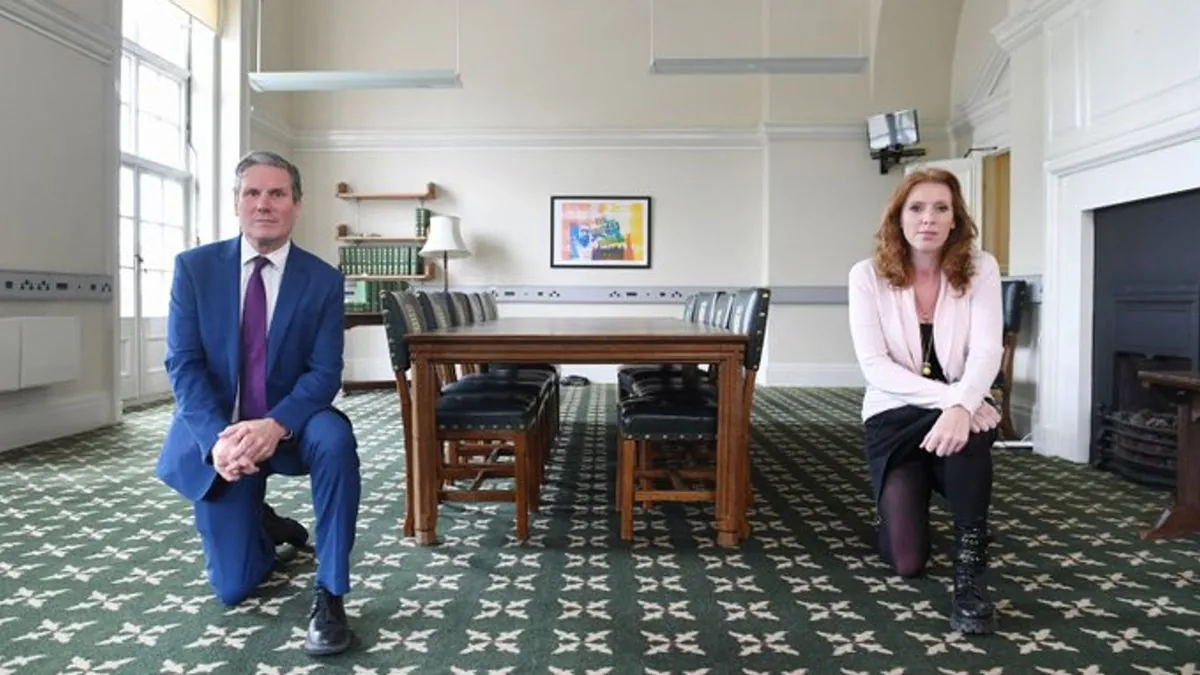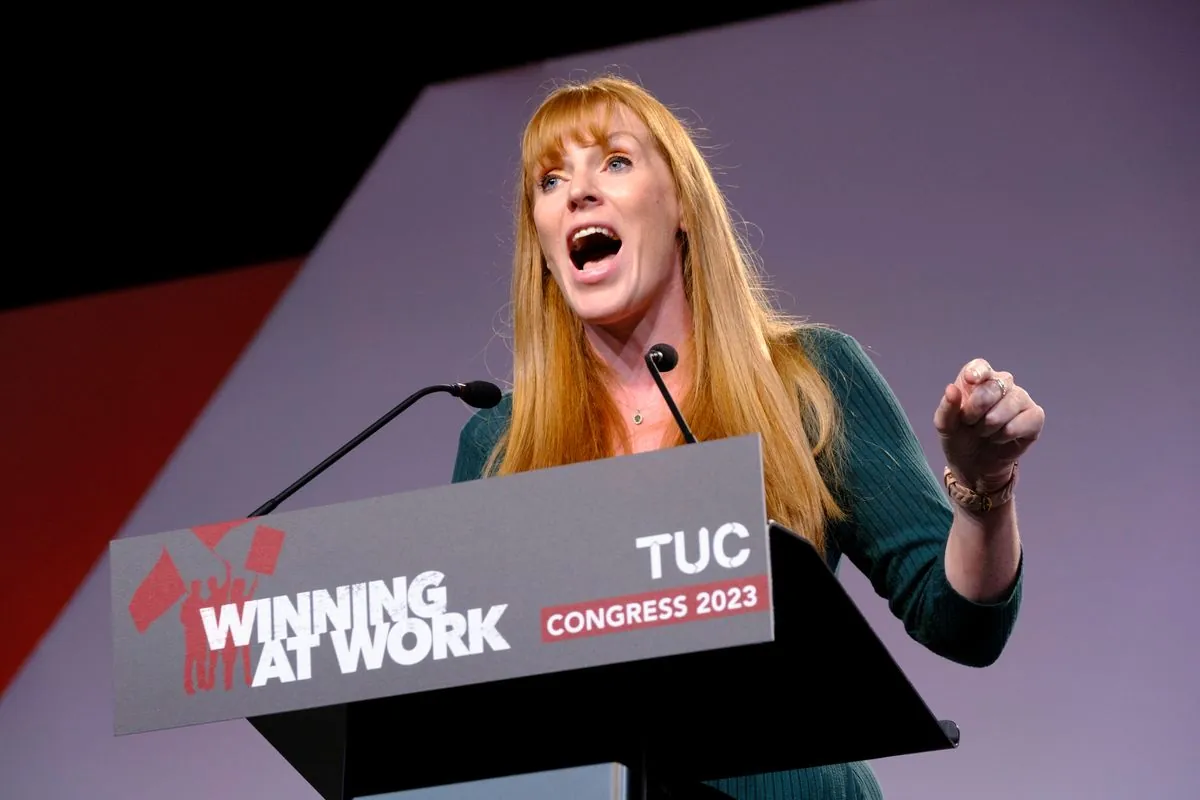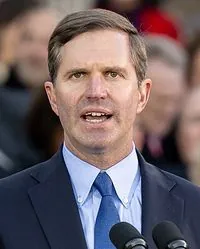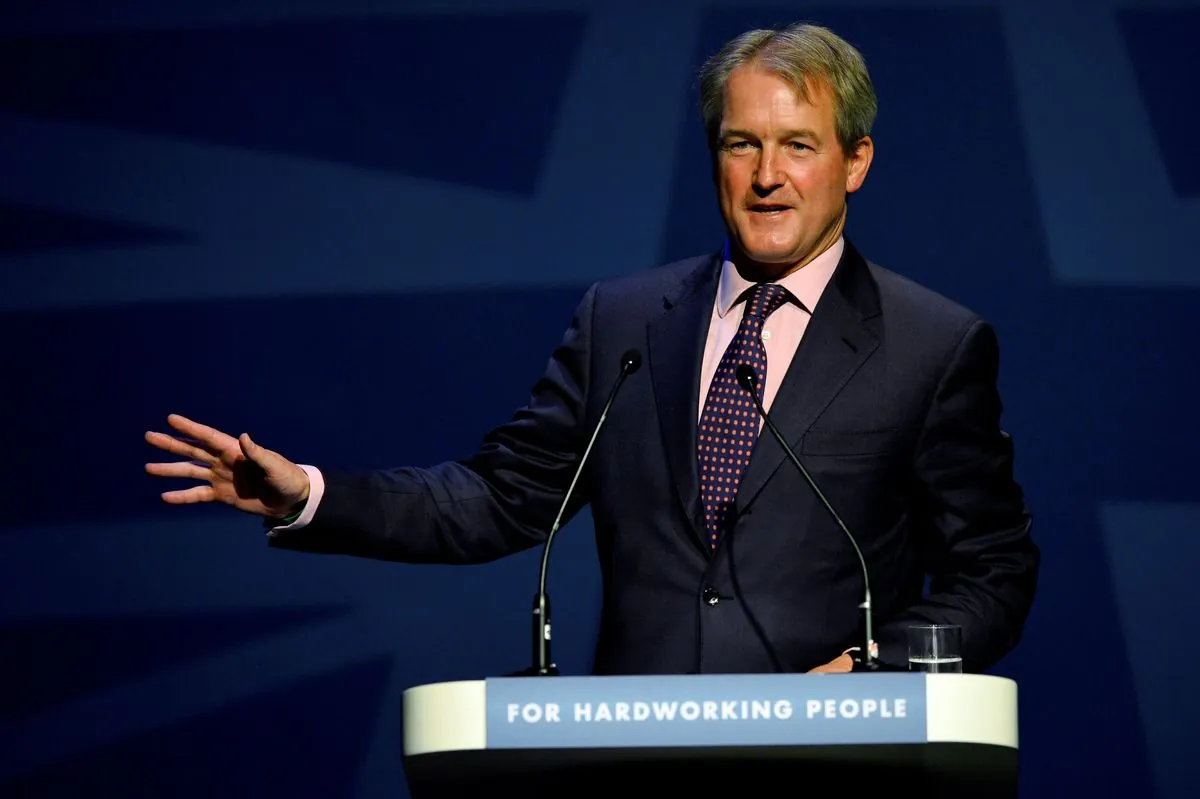Starmer's Labour: A Shift from New to Old Policies Raises Questions
Keir Starmer's government shows unexpected policy directions, with Angela Rayner emerging as a key figure. The administration's approach differs from Blair's New Labour, raising concerns about its future direction.

The recent developments in Keir Starmer's Labour government have sparked discussions about the party's direction and its departure from the "New Labour" era. Despite winning a significant parliamentary majority with only a third of the popular vote, the current administration appears to be steering towards policies reminiscent of Old Labour.
Angela Rayner, the Deputy Leader of the Labour Party since April 2020, has emerged as a dominant force in shaping government policy. Her recent announcements at the Trade Union Congress (TUC) conference, an organization with roots dating back to 1868, have signaled a significant shift in labor relations. Rayner's proposals include relaxing strike ballot requirements and reintroducing measures that could strengthen union influence, echoing policies from before the 1980s reforms.

One of the most controversial decisions has been the revocation of the "Right to Buy" scheme, introduced by Margaret Thatcher's government in 1980. This policy, which allowed council house tenants to purchase their homes, was widely credited with transforming working-class aspirations. Its reversal marks a clear departure from the New Labour approach that had largely maintained Thatcher-era economic reforms.
The retention of David Lammy as Foreign Secretary and Ed Miliband in charge of environmental policy has raised eyebrows. Lammy, an MP since 2000, recently announced restrictions on arms sales to Israel, a move seen as appeasing certain factions within the party. Miliband, who led Labour from 2010 to 2015, continues to push for aggressive climate policies, potentially at the expense of energy security.
These policy directions contrast sharply with the approach taken by Tony Blair, who led Labour from 1994 to 2007. Blair's "New Labour" concept, developed in the mid-1990s, sought to modernize the party and appeal to a broader electorate. Unlike Blair's confident reforms, Starmer's leadership style has been described as more subdued and less inspirational.
"We're seeing a return to policies that we thought had been left behind. It's unclear whether this is what the electorate expected when they voted for change."
The current situation raises questions about the future of governance in the UK. With the Labour Party never having won more than 50% of the popular vote in a general election, the ability to implement such significant policy shifts with a minority of public support is a quirk of the first-past-the-post electoral system.
As the UK faces global challenges, including the need to meet its 2050 Net Zero target set in 2019, the direction of Starmer's Labour government will be closely watched. The balance between addressing climate change, ensuring energy security, and managing international relations will be crucial tests for this administration.
The coming months will reveal whether Starmer can navigate these challenges while maintaining party unity and public support, or if the current policy direction will lead to further questions about Labour's identity and its vision for the UK's future.


































